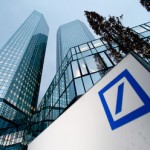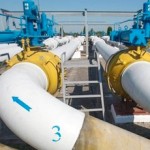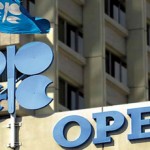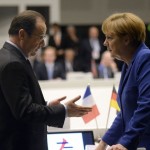The Gas demand in Europe is expected to increase by 6%
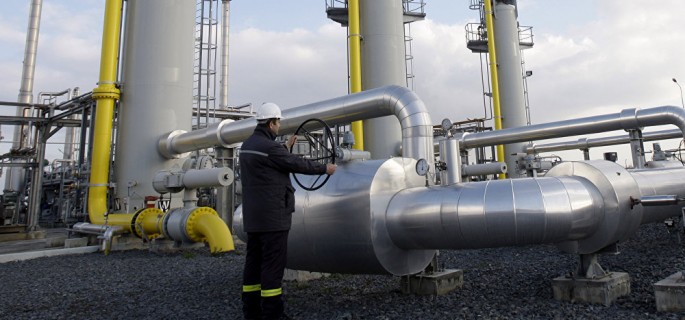
Gas consumption is expected to increase by 6% compared with 2015, according to the latest estimates from Eurogas. This rise is partly due to increased demand for gas in power generation following signs of revival in industrial activity, as well as greater use of gas in transport.
Initial estimates for 2016, published by Eurogas today, suggest that gas consumption in the EU-28 was 4 828.4 terawatt-hours gross calorific value (TWh GCV), equivalent to 447.1 billion cubic metres (bcm) or 373.7 million tonnes of oil equivalent net calorific value (mtoe NCV).1 These latest estimates are the result of an annual survey covering approximately 85% of the EU gas market and carried out by Eurogas, the association representing the European gas wholesale, retail and distribution sectors.
One important factor for this rise is the increased use of gas in power generation in a number of countries such as France, Germany, Italy and the Netherlands. In France, for example, gas demand in this sector doubled in the first half of the year, compared with the same period last year. In Germany, several new gasfired power plants have started to operate due to the competitive price. This increase in the use of gas in power generation is also a quick and cost-effective way to reduce GHG emissions substantially.
In parallel with this trend, some countries, such as the Czech Republic, for example, are experiencing stronger industrial growth and economic performance, which has led to higher gas consumption. However, in other countries the industrial sector remains under pressure, a symptomatic struggle to regain industrial strength in the presence of global competition.
Gas continues to be a positive force for reducing emissions quickly and cost-effectively in transport and therefore, we have witnessed an increased use of compressed natural gas (CNG). Europe-wide, the number of natural gas vehicles grew by 9% in 2016, compared with 2015.
Temperatures in 2016 varied throughout the continent but fluctuation was moderate. However, even a small shift in heating demand has strong implications for energy demand. The timeless unpredictability of weather can mean one year requires significantly more or less energy provision and storage than another year. These first estimates point to slightly cooler temperatures in Europe resulting in about 3% (or 140 TWh) increase in energy for heating homes, businesses, and public buildings. Only gaseous energy and its associated infrastructure is able to handle this kind of seasonal fluctuation, without the need for investment in expensive, new infrastructure.
Outlook for the rest of 2016
Early indications from the Eurogas data covering the first half of 2016 suggest that gas demand in Europe for the second half of the year is also likely to be higher than in the same period for 2015. This forecast considers gas consumption for heating in a context of normal seasonal conditions in the second half of 2016. Taking into account the expected 7.5% rise in the second half of the year (based on forecasts and data extrapolation from 2015 and expectations for the first half), total gas demand across the EU 28 & Switzerland for 2016 is expected to reach 4 866 TWh or 450 bcm, an increase of 6% on last year. Although industrial activity remains uncertain, gas demand in power generation is expected to continue to increase moderately.
Eurogas is an association representing 46 companies and associations engaged in the wholesale, retail and
distribution of gas in Europe. Eurogas provides data and information relevant to EU decision makers and opinion formers in
making the right policy choices.
Source: Eurogas









